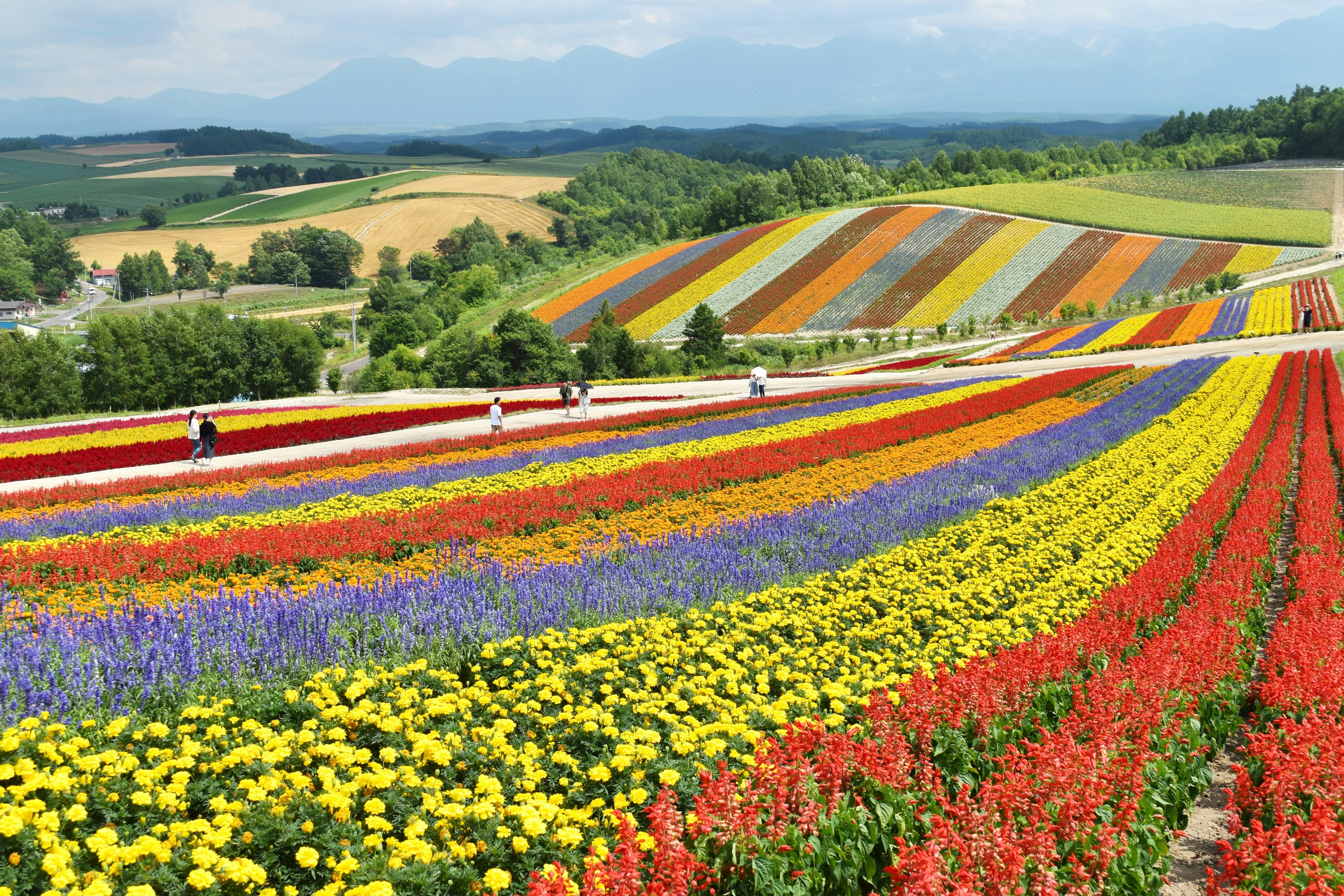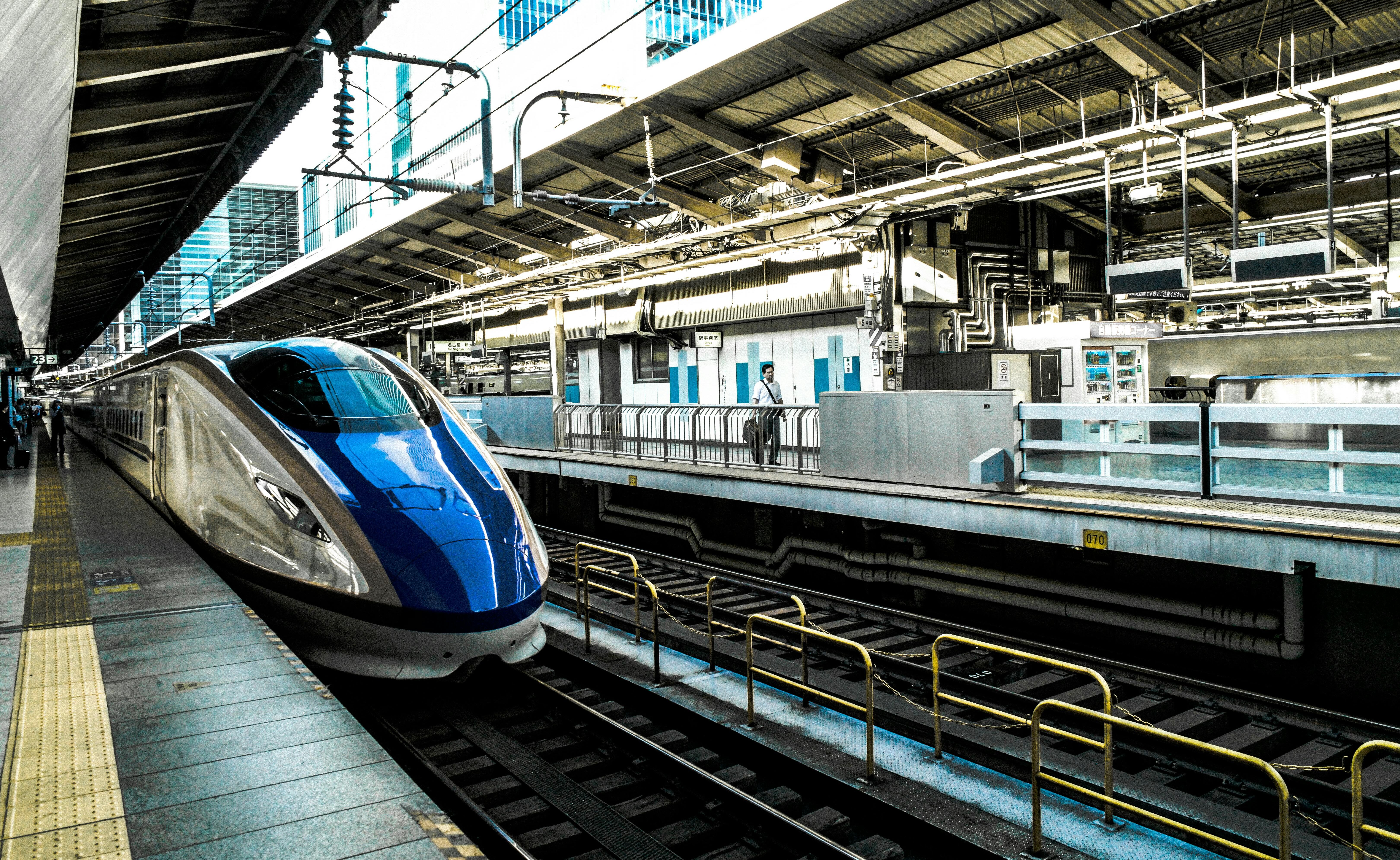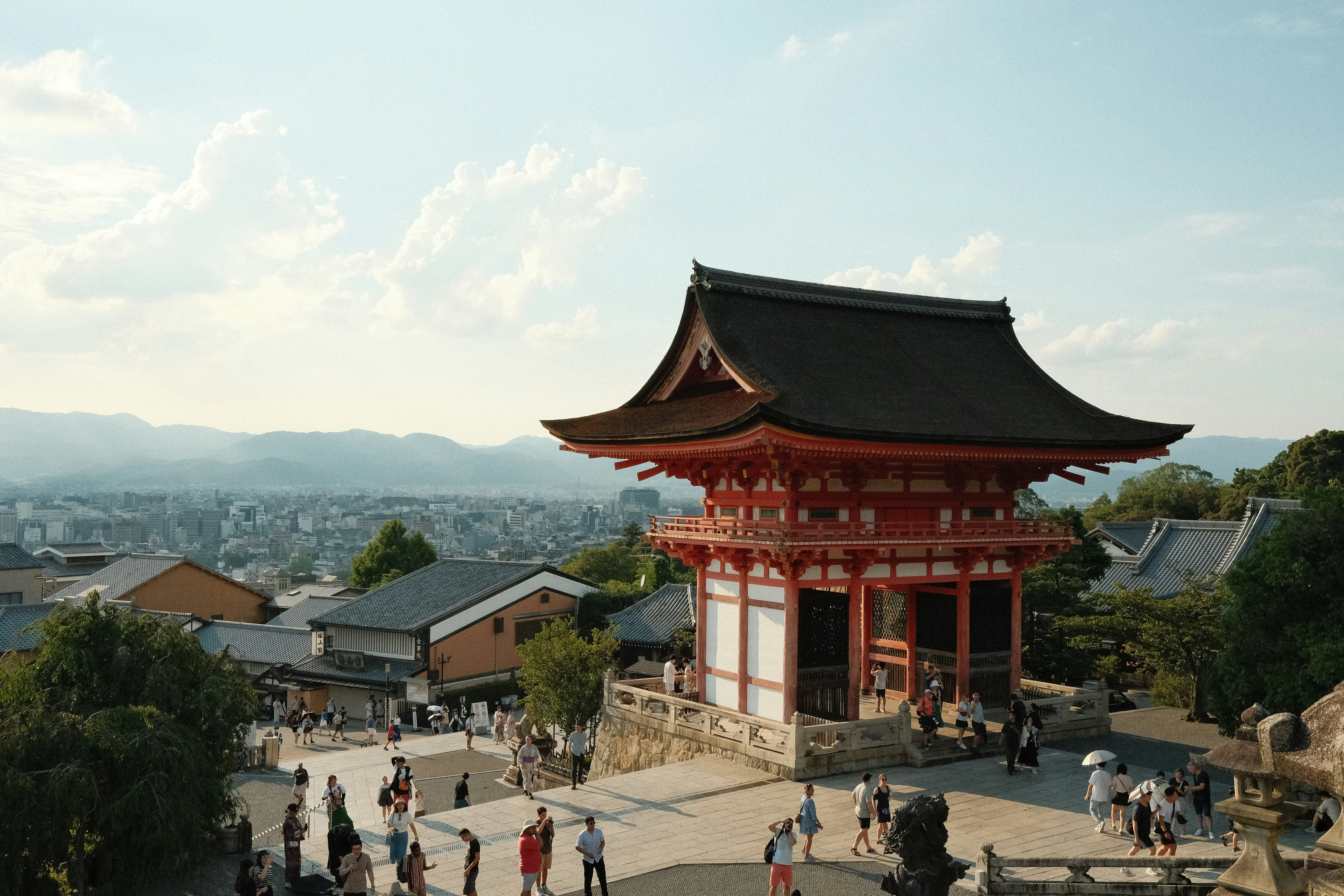Regional Incentive Extensions After Tokyo Conferences
Author
Jack
Date Published

Many international conferences held in Tokyo end without tapping into one of Japan’s greatest advantages: seamless regional connectivity. Extending programs beyond the capital not only enhances delegate experience but also supports local economies and deepens cultural appreciation. Japan’s rail and air infrastructure allows smooth transfers to destinations such as Kyoto, Kanazawa, Sapporo, and Fukuoka within hours. These incentive extensions transform a standard Tokyo conference into a multi destination journey that blends business and leisure.
Organizing regional extensions requires more than itinerary design. It involves managing cost balance, transport coordination, and supplier partnerships that can operate across prefectures. This guide explains how to select top regional destinations, plan logistics efficiently, control budgets, and create sample extension routes that add value without overstretching resources.
Top Add On Destinations
Japan offers a diverse range of incentive destinations easily accessible from Tokyo. Each region presents distinct cultural, culinary, and scenic experiences suitable for different corporate profiles.
Kyoto and Osaka (Kansai Region): Ideal for culture and fine dining experiences. Shinkansen travel from Tokyo takes about two and a half hours. Venues range from heritage temples to Michelin rated restaurants.
Kanazawa (Hokuriku Region): Famous for preserved samurai districts, gold leaf crafts, and modern art museums. The Hokuriku Shinkansen reaches Kanazawa in about two hours and forty minutes.
Hakone and Mount Fuji Area: Popular for relaxation programs. Only ninety minutes by train from central Tokyo, offering hot spring resorts and scenic lake cruises.
Sapporo (Hokkaido): Excellent for incentive groups seeking cooler climates, beer factory tours, and regional cuisine. Accessed via ninety minute flights from Haneda Airport.
Fukuoka (Kyushu): Known for its modern urban comfort, seaside atmosphere, and famous ramen stalls. Two hour flight from Tokyo with many daily departures.

Mini Checklist
• Match destination style to delegate demographics and travel time tolerance
• Select one overnight city and one half day excursion for efficient flow
• Coordinate with local convention bureaus for group support and multilingual materials
• Confirm seasonal highlights such as festivals or illumination events
Clause Example:
The Organizer shall select regional destinations aligned with delegate interests and ensure travel time does not exceed one third of total program duration to maintain participation efficiency.
Confirm that suppliers in each region are registered for handling incentive groups to ensure smooth tax and billing coordination.
Transport Options and Coordination
Japan’s transport network makes regional extensions convenient even for large groups. The Shinkansen high speed rail is punctual, comfortable, and ideal for groups under two hundred participants. For larger programs or destinations beyond rail range, domestic flights and chartered coaches ensure flexibility.
Transport Planning Overview
Mode | Best Use Case | Approximate Duration from Tokyo | Key Note |
|---|---|---|---|
Shinkansen | Kyoto, Osaka, Kanazawa, Sendai | 1.5 to 3 hours | Fastest and most scenic option for small to medium groups |
Domestic Flight | Sapporo, Fukuoka, Okinawa | 1.5 to 2 hours | Multiple daily flights from Haneda or Narita |
Chartered Coach | Hakone, Mount Fuji, Izu | 1.5 to 2 hours | Ideal for short extensions or mixed sightseeing routes |
Private Transfer | Nikko, Kamakura | 1 to 1.5 hours | Comfortable for VIP or small groups |
Combination Route | Rail plus coach | Varies | Used for multi region journeys across prefectures |
Mini Checklist
•Reserve Shinkansen group seats through Japan Rail Group Travel Service at least thirty days in advance
• Build realistic buffer times for luggage handling and boarding
• Confirm baggage truck or courier service for smooth hotel transfers
• Use bilingual tour leaders familiar with regional train systems
Clause Example:
All transfers shall be scheduled with confirmed group seating or dedicated transport, ensuring no segment exceeds three hours of continuous travel for delegate comfort.
Always provide printed and digital travel briefings with clear station names in both Japanese and English.

Cost Balance and Budget Control
Adding regional extensions increases the value of a program but requires careful cost alignment. Accommodation, transport, and meal costs vary widely by region, so planners should bundle inclusions to maintain per person pricing consistency. Kyoto, for example, commands higher hotel rates than Kanazawa or Nagano.
A well designed extension maintains a ratio where post conference travel represents no more than twenty five percent of the total event budget. Group rail passes, regional tourism subsidies, and CVB incentives can offset expenses when requested early. Here is a overview of expense categoies, cost ratios and budget tips.
Expense Category | Tokyo Core Program (Baseline) | Regional Extension (Average) | Cost Ratio | Budget Tip |
|---|---|---|---|---|
Accommodation | 25,000 to 35,000 JPY per night | 18,000 to 30,000 JPY per night | 0.8 | Negotiate weekday stays outside city peak season |
Transport | 10,000 to 15,000 JPY per person | 12,000 to 18,000 JPY per person | 1.2 | Use group Shinkansen tickets or discount passes |
Meals | 8,000 to 10,000 JPY per day | 7,000 to 9,000 JPY per day | 0.9 | Include one local specialty dinner instead of gala setup |
Activities | 5,000 to 8,000 JPY per person | 6,000 to 10,000 JPY per person | 1.1 | Choose cultural workshops with CVB support |
Coordination | 5,000 to 7,000 JPY per person | 4,000 to 6,000 JPY per person | 0.9 | Use same ground agent for both legs to reduce markup |
Estimated Total | 100,000 to 120,000 JPY | 90,000 to 110,000 JPY | ≈1:1 | Balanced extension cost under 25 percent of main program |
Mini Checklist
• Secure JR Group travel vouchers for discounts on rail journeys
• Bundle hotel and excursion costs in one master contract
• Use local CVB subsidy programs for promotional or cultural tie ins
• Keep regional participation optional to protect overall attendance
Clause Example:
All regional extension budgets shall maintain total per capita cost within one quarter of the main Tokyo program while preserving quality and delegate comfort.
Request early subsidy confirmation from regional tourism offices to manage price consistency.

Sample Route Design
A successful incentive extension blends accessibility, cultural immersion, and leisure. Below is a model itinerary that demonstrates how a two day post conference program can extend a Tokyo based event efficiently.
Sample Route: Tokyo to Kyoto and Nara (2 Days, 1 Night)
Day 1: Depart Tokyo via Shinkansen to Kyoto, check in at city center hotel. Afternoon visit to Kiyomizu Dera Temple followed by evening kaiseki dinner in Gion with a short maiko performance.
Day 2: Morning transfer to Nara for a temple walk and calligraphy experience. Lunch at a traditional machiya house before returning to Tokyo or Kansai International Airport for onward travel.
Alternative Route: Tokyo to Hakone and Mount Fuji (1.5 Days)
Day 1: Depart by chartered coach to Hakone. Visit the Open Air Museum and enjoy onsen stay at a lakeside ryokan.
Day 2: Early morning Lake Ashi cruise with Mount Fuji backdrop followed by return transfer to Tokyo by afternoon.

Mini Checklist
• Keep daily transfers under three hours to avoid fatigue
• Balance sightseeing with relaxation to suit international schedules
• Incorporate local artisans or CSR visits for added cultural engagement
• Confirm interpreter or bilingual guide presence throughout
Clause Example:
The Organizer shall design regional extensions ensuring balanced scheduling, local cultural engagement, and direct return routing to Tokyo or departure airports.
Encourage delegates to extend stays individually by coordinating with local DMCs for optional side trips.
FAQs
1. Which regional destinations are most requested after Tokyo conferences?
Kyoto, Hakone, and Kanazawa are consistently favored for accessibility and cultural value.
2. How far in advance should extensions be planned?
At least three months before the main event to secure rail seats, hotel allocations, and guide bookings.
3. Are regional subsidies available for incentive programs?
Yes, many prefectures offer grants or CVB assistance for overseas corporate groups that include cultural components.
4. Can regional travel be combined with leisure or CSR?
Absolutely. Many organizers include volunteer visits, farm tours, or heritage restoration experiences as part of incentive itineraries.
5. How can luggage be managed between cities?
Use Japan’s reliable luggage courier services such as Yamato Transport for next day delivery to hotels or airports.
Conclusion
Regional extensions turn a Tokyo conference into a complete Japan experience. By linking efficient transport, balanced budgets, and culturally rich destinations, planners create journeys that strengthen delegate connection and deliver measurable impact.
Each region offers a distinct tone and rhythm, allowing participants to unwind while experiencing authentic local hospitality. To access editable sample routes, regional subsidy guides, and bilingual logistics templates, connect with us for a complete post conference extension toolkit.